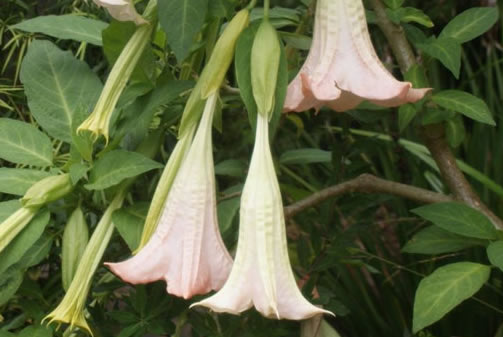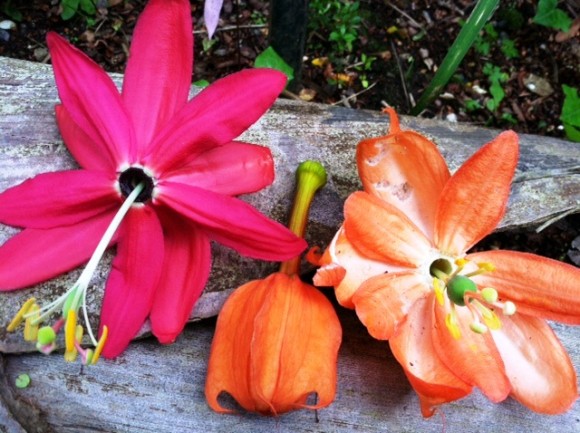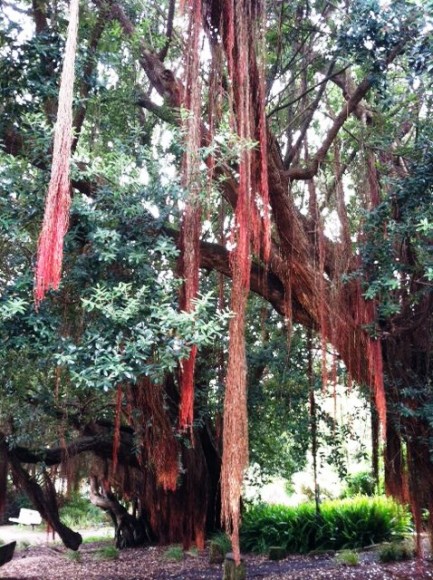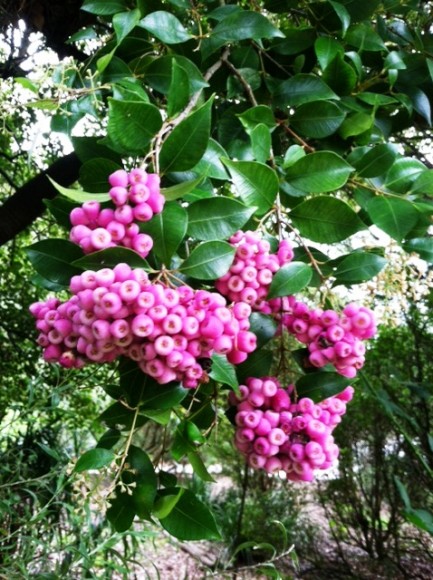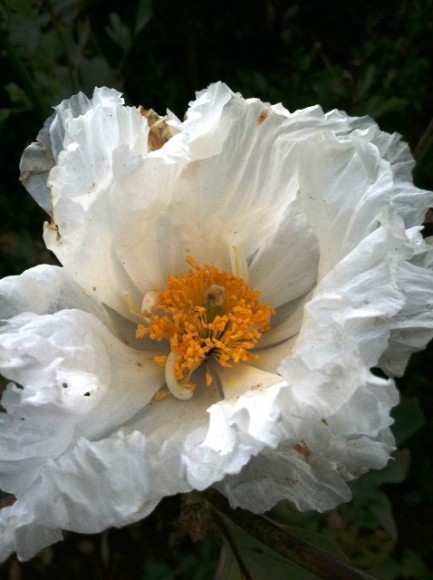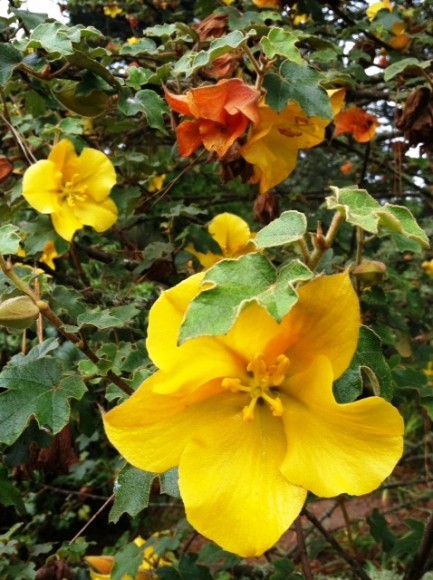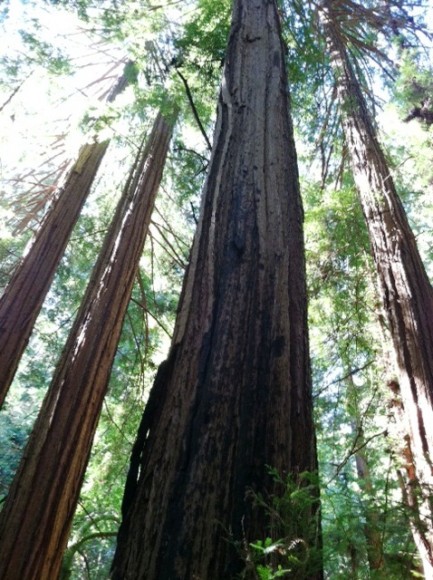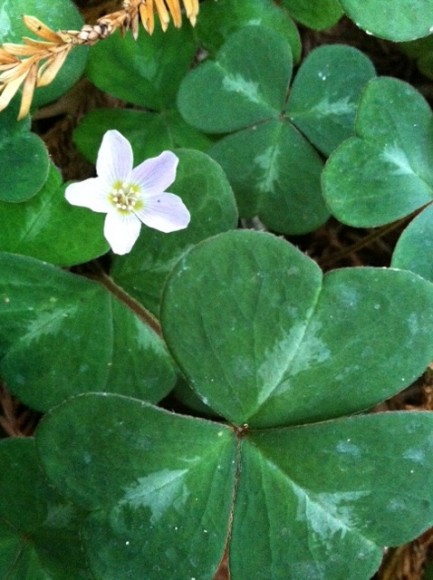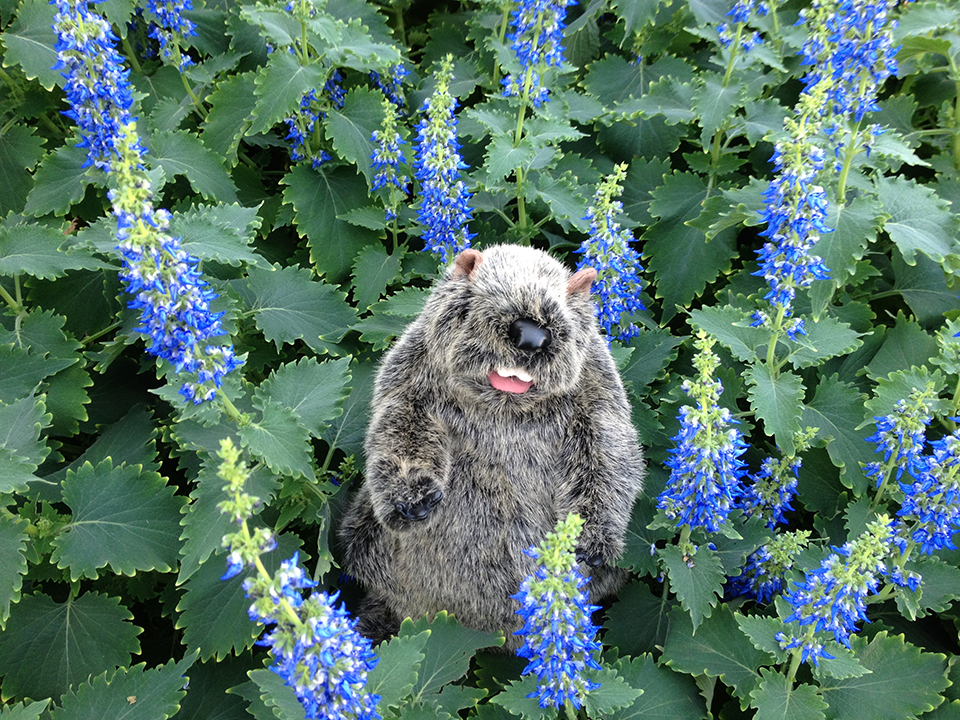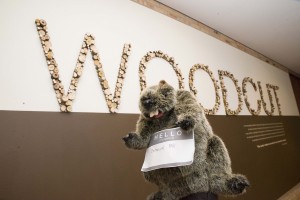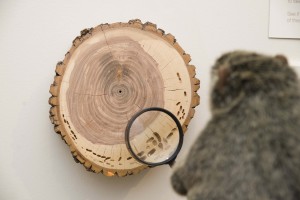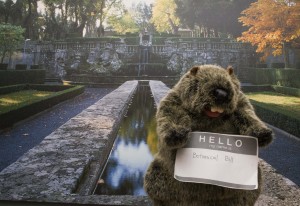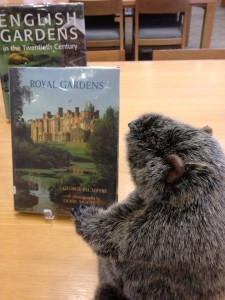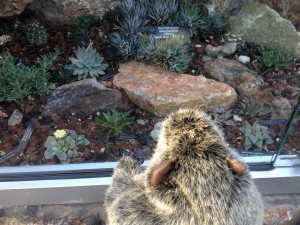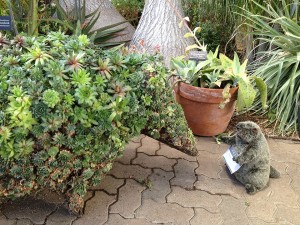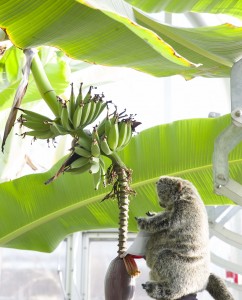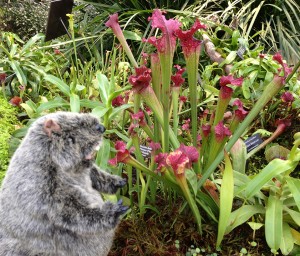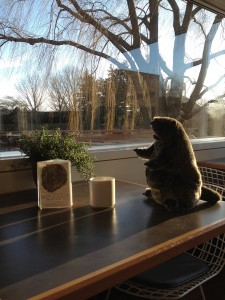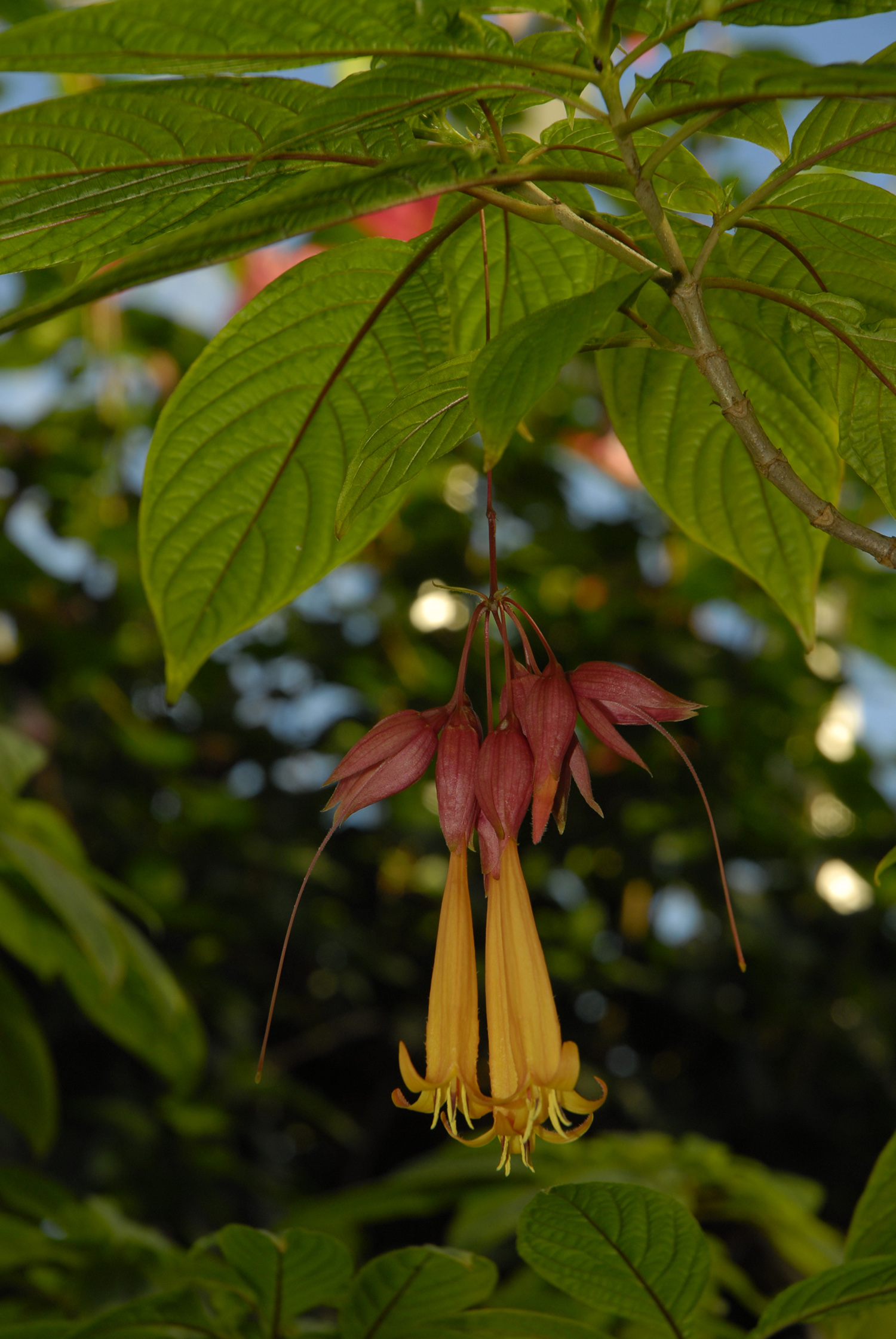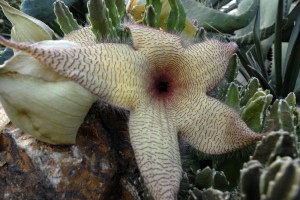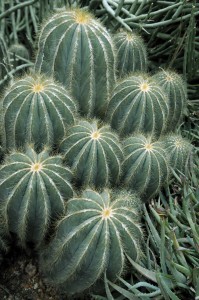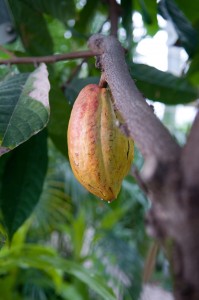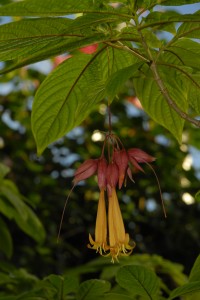Over the summer I had the chance to visit many places, from arboreta, native plant gardens, and desert gardens, to cemeteries—all in an effort to interact with additional leaders in the field and get inspiration from other gardens across the country. This was all possible due to the Chanticleer Scholarship, which supports educational opportunities for public-garden professionals. I arranged to spend a full day touring with each expert. While each place I visited was totally unique and showcased a vast array of plants, it was the San Francisco Botanical Garden (SFBG) that intrigued me the most.
I arranged to meet with Bob Fiorello, who is an award-winning horticulturist and pest-management professional with more than 25 years of experience in public gardening. Mr. Fiorello has been a gardener at SFBG since 1998 and started both the San Francisco Integrated Pest Management Task Force and the Sustainable Parks Information Network (SPIN).
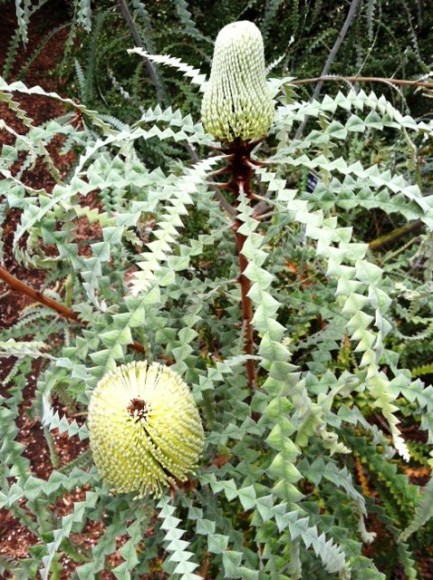
Mr. Fiorello gave me a very elaborate tour, informing me that the San Francisco Botanical Garden makes up 55 acres, convenient for tourists visiting Golden Gate Park. I noticed that the paths are wide, yet there are many smaller paths that allow you to admire every one of the 8,000 different types of plants from across the world. Most of the collections are displayed geographically, so I felt as if I were walking through distinctive habitats on other continents. Most of the plants I witnessed are the result of collecting expeditions to diverse parts of the world.
The most unique habitats rendered are cloud forests. Cloud forests are distinctive areas prone to continual fog and are mainly found in Central and South America, East and Central Africa, and Southeast Asia, where temperatures are mild all year round. San Francisco has abundant fog in summer and rarely drops below freezing in winter, so cultivating plants from these environments makes sense, especially when these habitats are diminishing in nature due to human destruction.
Brugmansias, fuschias, and salvias were some of the radiant flowers I witnessed throughout the MesoAmerican Cloud Forest. Even brighter were passionflower vines climbing up trees and shedding neon orange and pink blossoms across the paths. This particular cloud forest has become established as a national and international resource by the North American Plant Collections Consortium (NAPCC) for scientists and researchers and is one of the few specialized collections focusing geographically on a diverse group of plants. Most other gardens, including the Chicago Botanic Garden, simply focus on collecting plants within a certain genus, with the goal of being experts of that group.
Mr. Fiorello wanted me to see his favorite genus, Banksia. For that, we had to travel to an area devoted to the flora of Australia and New Zealand. The saw-tooth leaves on Banksia serrata were unusual. In fact all the plants in this collection were strange in appearance when compared to other vegetation. The red-colored aerial roots of New Zealand Christmas tree (Metrosideros excelsia) were sort of creepy, while the red-hued fronds of the Pukupuku fern (Doodia media) were quite attractive. Even the hot pink fruit of the lily pilly tree (Syzygium smithii) looked tasty (though I hear it is not).
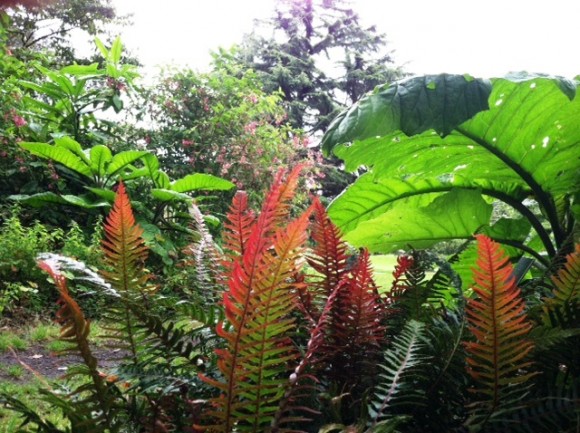
I am crazy about native plants, and California hosts more wild plants than any other state. I was told that the greatest numbers of natives are displayed across the bay at Berkeley Botanical Garden, where they make up a third of that garden. The San Francisco Botanical Garden’s native plant collection differs however, being heavily designed and with less emphasis on individual plant communities. While they have fewer natives than Berkeley, the selected plants are grown in much broader sweeps and in beautiful combinations that really put on quite a show.
The native that wowed me most was Matilija poppy (Romneya coulteri). The blossoms are enormous and resemble sunny-side-up eggs, held on tall grey-green foliage. The other eye-catcher is flannelbush (Fremontodendron californicum), a fifteen-foot-tall, irregularly shaped shrub with fuzzy lobed leaves and prolific flowers that are yellow-orange.
There is nothing more festive than wandering the replicated redwood grove. Below the colossal tree trunks, I found a solid carpet of green comprised of shamrock-like redwood sorrel (Oxalis oregana), robust fronds of sword fern (Polystichum munitum), bold leaves of Western coltsfoot (Petasites palmatus), and lacy-looking Inside-out flower (Vancouveria hexandra). This was a great prequel to what I would enjoy while hiking Muir Woods and perfect for tourists who may not have the chance to cross the Golden Gate Bridge.
My tour of SFBG taught me that plant-collecting expeditions can be one of the most gratifying means of obtaining plants. I also found that not every specialized collection has to fall under the same rules to be recognized by the NAPCC. For instance, we at the Chicago Botanic Garden are among the few gardens that attempt to preserve cultivars of plants while most public gardens focus on the wild collected species of plants.
Even after almost eight hours, I still had not seen everything. I thanked Mr. Fiorello for his gracious time and insight and insisted he go enjoy his weekend. I continued to wander the grounds for another three hours filling my camera with photos and enjoying the cool autumn air.
If you find yourself in San Francisco, do take the time to visit the San Francisco Botanical Garden. You will not regret it. Although you might be sorry that you flew and cannot bring home all of the gorgeous and inexpensive plants sold in their incredible gift shop (as I was).
©2013 Chicago Botanic Garden and my.chicagobotanic.org


